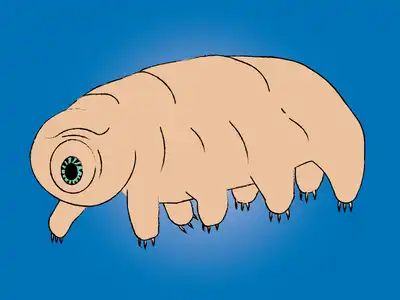
Facts About Tardigrades
The most resilient animals known to us.
Simple chemical reactions encapsulated into a lipid sphere could have been the origin of the first cell more than 3 billion years ago on a young Earth. From then on, evolution has driven life into a complicated coordination of different types of cells, tissues, organs, organisms, populations and the biosphere. Although, we now understand much more about mechanisms driving life, we are still in the dark about many of the intricate details of these mechanisms. Research is still ongoing. Here, you will find research stories that try to understand the complexity of life in its various forms.

The most resilient animals known to us.
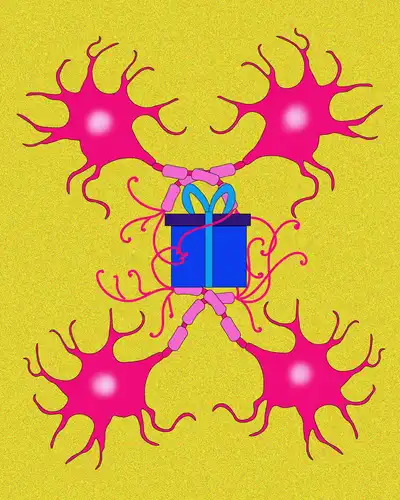
The answer lies in our evolution, neurobiology and psychology.
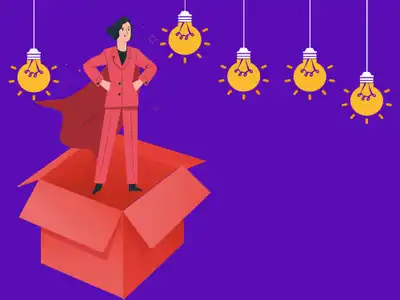
How interest in fields outside your established area of interest, can help in integrative thinking.

Why Christmas trees stay green all year long and its relevance to the Christmas culture.

Man the hunter and woman the gatherer? Well maybe not, in the more ancient human societies.
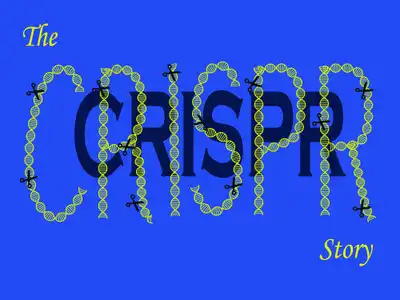
How a serendipitous observation led us to edit the code of life.
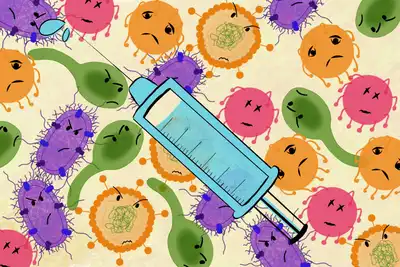
A peep into the different kinds of vaccines and how they work.
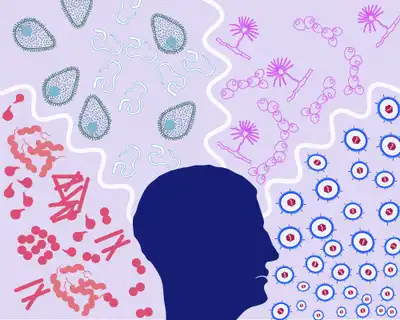
The war rages on – The adaptive immune system.
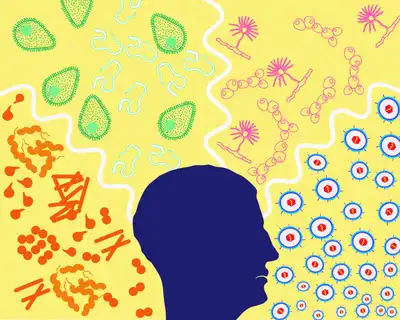
The fascinating story of the warriors in our body - The innate immune system.
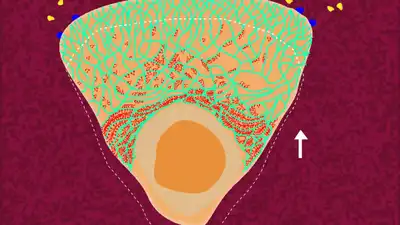
Actin microfilaments in the movements of neutrophils.
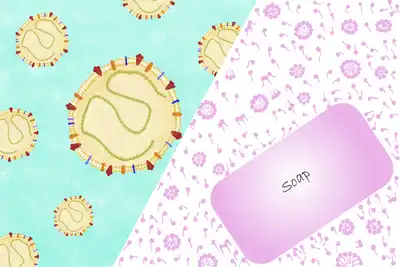
A simple soap bar can instantly crumble the entire framework of the coronavirus particle, rendering it inactive. But how does it do this?
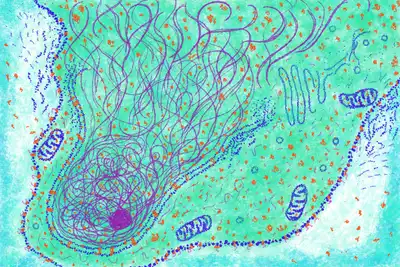
Imagine you pulled out a single cell from your body and burst it open. What do you think would spill out of it?
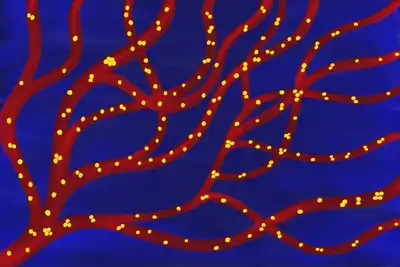
The long tiring journey of a cancer cell from its site of origin to a distant metastatic organ.
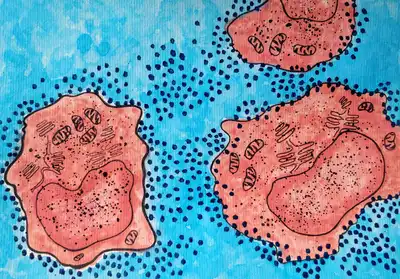
How viruses can take over your cells and dictate them to do their bidding!
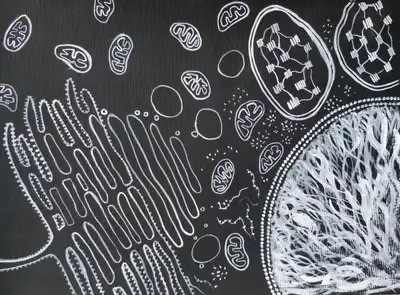
From a primitive packet of molecules to complex multicellular plants and animals, the history of the cell spans billions of years.
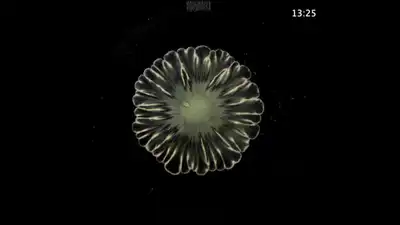
Naturally beautiful patterns emerged when two species of bacteria were cultured together.
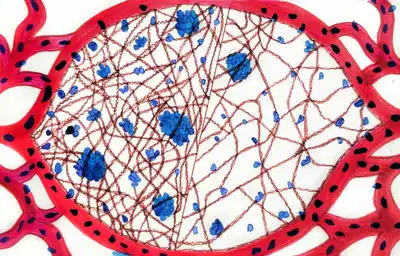
The role of fibrosis in cancer progression.
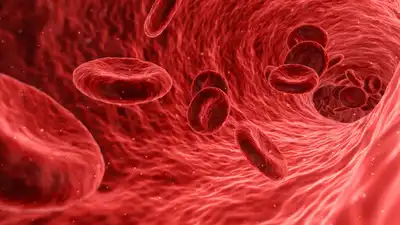
This gene called MLLT3 regulated the production of more than 800 proteins, many of which are essential for the maintenance of blood stem cells.
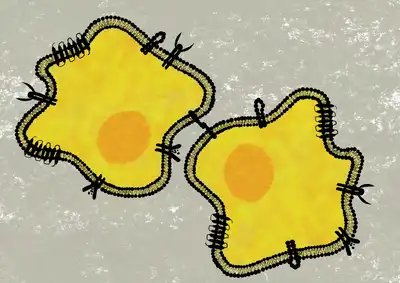
Receptors and transport channels.
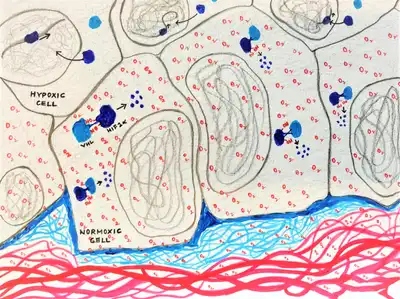
The research behind the 2019 Nobel Prize in medicine.
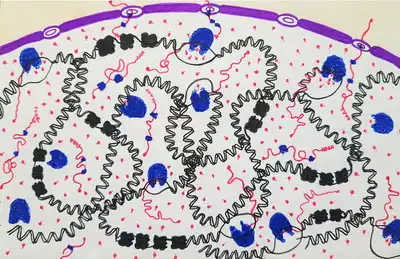
The nucleus really is a jungle of busy, hustling biomolecules and here I represent a minuscule of what really goes on in there.
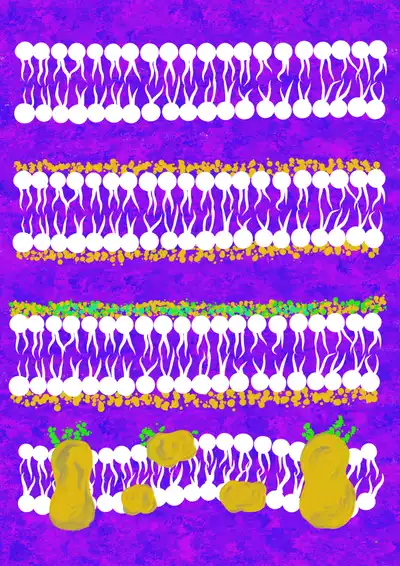
A brief history of how our understanding of the cell/plasma membrane has evolved.
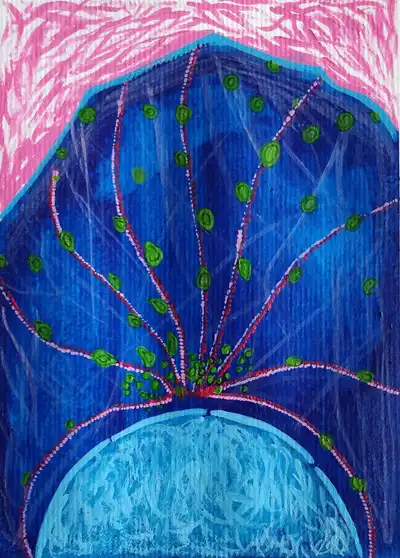
How microtubules help in the movement of lysosomes, and in-turn aid cancer metastasis.
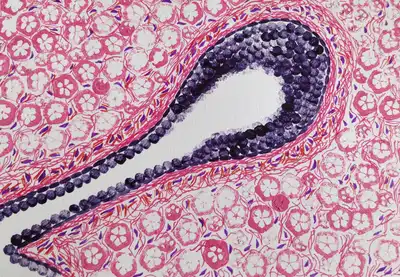
The importance of the cellular microenvironment.